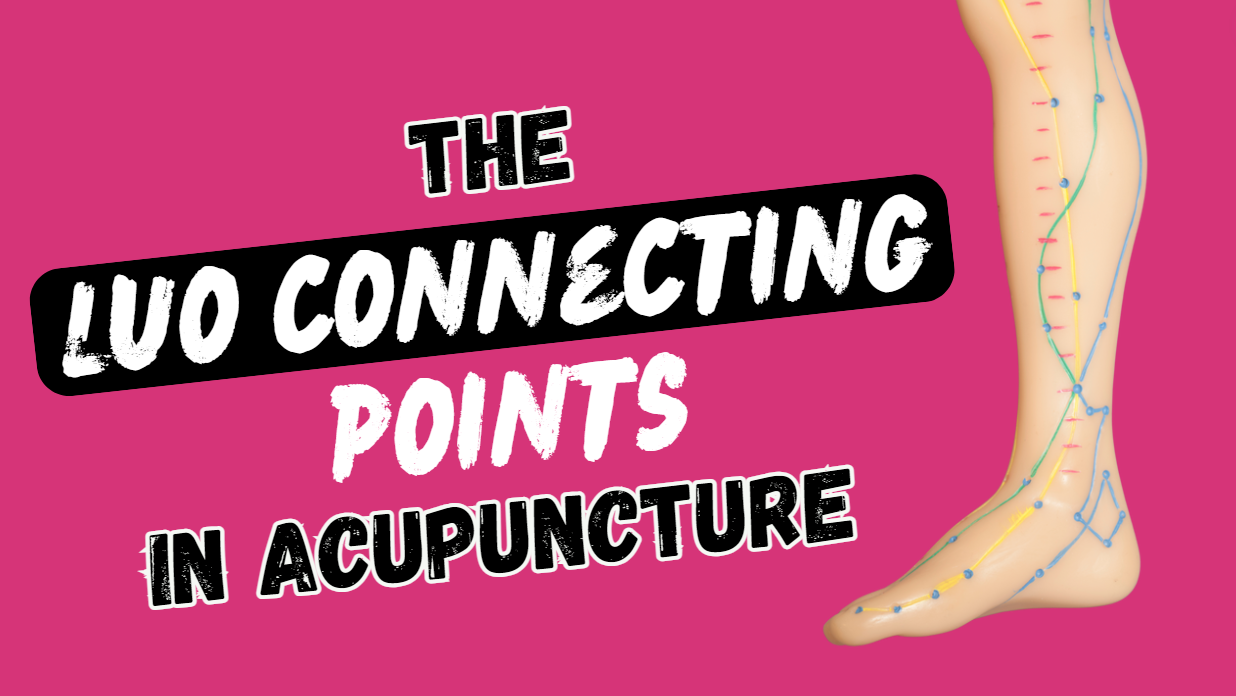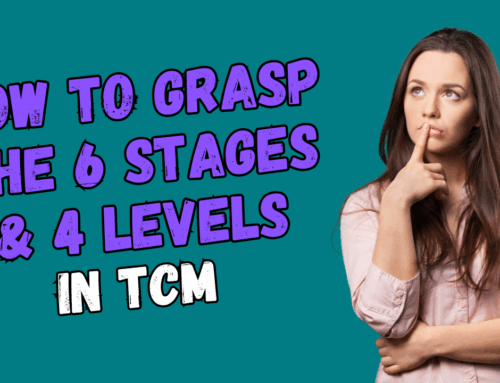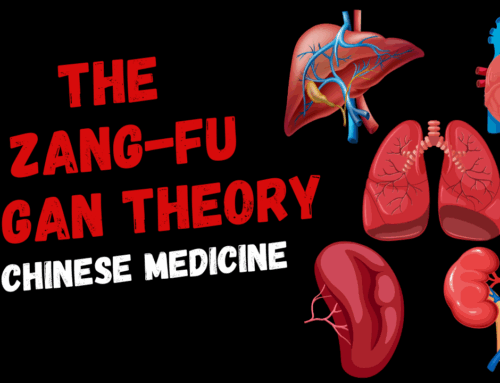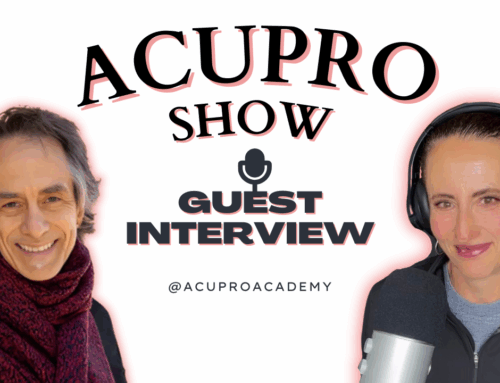Listen on Apple Podcasts Listen on Spotify Listen on YouTube Listen on Amazon Music
🔗 Links mentioned in this episode:
Show Notes
The 16 LUO connecting points are where the 16 collaterals split from the main meridians. Their main function is to strengthen their interiorly exteriorly related meridians.
The LUO Collaterals circulate Ying (Nutritive) Qi, and act as a buffer filling the space between skin & muscles. Therefore nourishing both deep & superficial tissues.
They release pathogens to the surface because they flow between the main primary meridians and the Muscular regions. These Collaterals help us let go of what we have internalized for years. They allow us to process emotions and clear thoughts, especially to let go of dependence ( especially for addictions).
Each Yin/Yang paired LUO point can reinforce the opposite LUO’s function. i.e.: LU 7 can help Large Intestine function, and LI 6 can assist Lung function.
Without further ado, here are the LUO connecting points!
LU 7 – LI 6 LUO Connecting Points
The connection of the TCM Lung & TCM Large Intestine shows through the skin. Together they can used for acute allergies resulting in swelling. LI 6 assists the LUNG in regulating water, and LU 7 assists the Large Intestine in expelling pathogens.
HT 5 – SI 7
This is to me an interesting pair because the TCM Small Intestine and the TCM Heart are probably the least Yin/Yang-related meridians. HT 5 can be used to assist in turbid urination (Si function separating the clear from the turbid), and Si 7 calms the mind, especially for sleep issues. In my practice, I have found great results using them together for Interstitial Cystitis accompanied by insomnia and anxiety.
SP 4 – ST 40 LUO Connecting Points
This is probably my favourite pair! ST 40 is great for balancing blood sugar assisting SP function to transform and transport food, SP 4 calms the mind (due to its connection to the Chong Vessel & Blood) for anxiety reenforcing ST function for mania. So in my practice, when a patient has anxiety due to Blood deficiency, I always SP 4 & ST 40 together!
LV 5 – GB 37
We know the TCM Liver & TCM Gallbladder work well together. LV 5 & Gb 37 both regulate LV Qi. So they work well for LV Qi stagnation when there is breast pain or distension.
PC 6 – SJ 5 LUO Connecting Points
I love the fact that these 2 points can connect through 1 needle. That makes them such a great pair! PC 6 opens the chest area & SJ 5 relaxes the upper back tension. It’s a front-and-back kind of relationship. In practice, I use these 2 together when a patient has shoulder blade tension and tight chest due to anxiety (Which is so common!)
KD 4 -BL 58
The TCM Bladder & TCM Kidneys connection is mostly through expelling excess water & soothing the lower back. KD 4 assist BL is urine retention & BL 58 assist KD as a distal low back point. Great pair to use for pain due to Kidney stones.
Ren 15 – DU 1 LUO Connecting Points
I don’t have a lot of experience with epilepsy, but I was taught REN 15 & DU 1 are a good combo to prevent attacks. Both points can be used to calm the mind and are related to the brain, so it makes sense to use them together.
SP 21 – Major LUO Point of the Spleen
I love this point!!! The Major LUO Collateral of the Spleen stems from SP 21 and spreads through all muscle regions, which makes it one of the best points for fibromyalgia, especially if the patient has digestive issues as well.
Xu Li – Major LUO Point of the Stomach
The Major LUO Collateral of the Stomach penetrates the diaphragm, connects with the Lung & Heart (at Ren 17), and exits below the breast (ST 18). It is where Zong (Gathering/Chest) Qi is located. So for irregular heartbeat, palpitations, chest pain, and shortness of breath, using ST 18 & REN 17 works quite well.
Chinese medicine is so fascinating, don’t you think? I LOVE IT!
Disclaimer
The Acupro Show podcast and material shared through Acupro Academy is a subdivision of Natural Health Sense Incorporated. Designed solely for educational and entertainment purposes. The utilization of information from this podcast or any associated material is at the user’s discretion and risk. This content is not meant to replace the guidance of an acupuncturist. Nor Chinese medicine doctor, medical doctor, physician, or any qualified professional. It is not a substitute for proper diagnosis or treatment. As well as, users are strongly advised not to ignore or postpone seeking medical advice. For any existing medical condition with their healthcare professional. Regarding any health concerns.






Clara soy estudiante de primer año, todos los compañeros de estudio te seguimos nos ayudas a comprender de una manera entretenida y fácil de seguir el fascinante mundo de la medicina China.
Muchas gracias
I’m so glad you and your classmates found Clara and it is helping your studies! That’s fantastic 😊